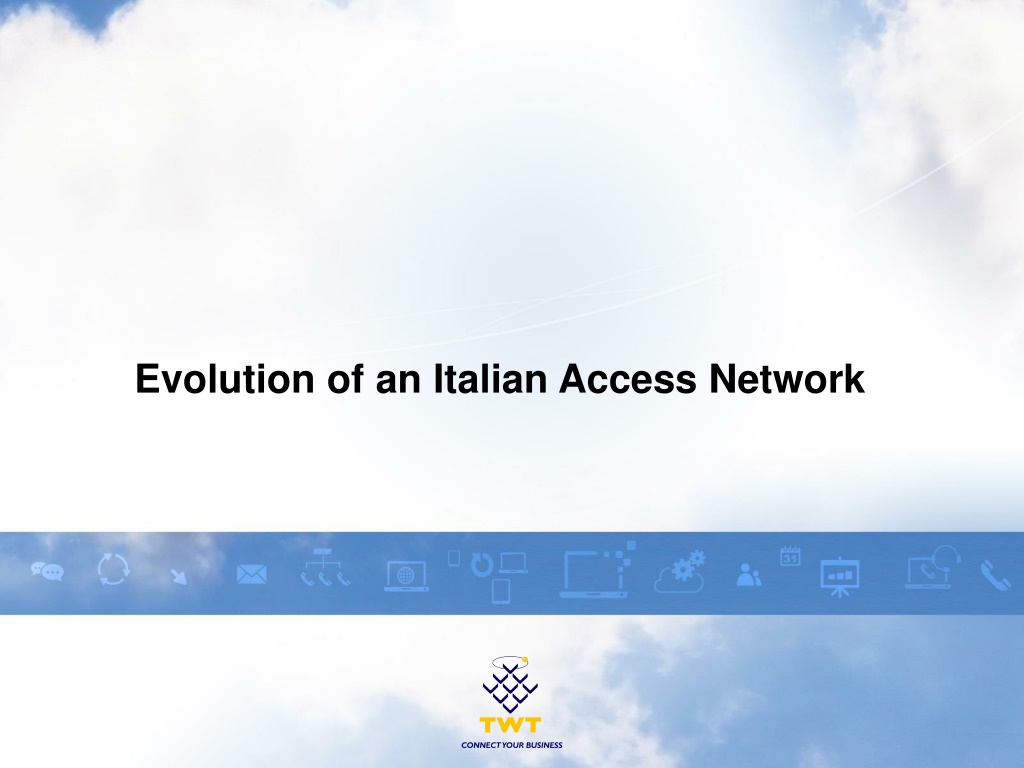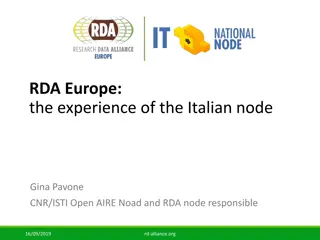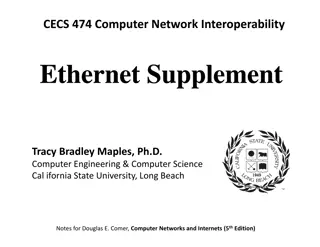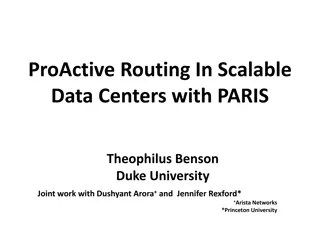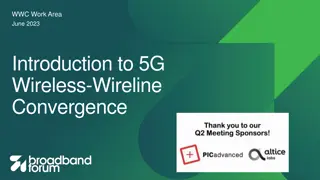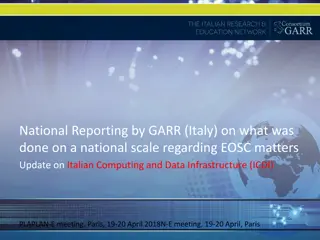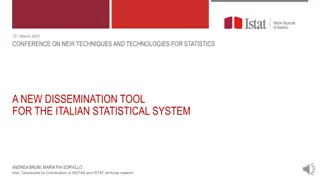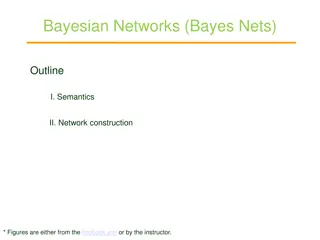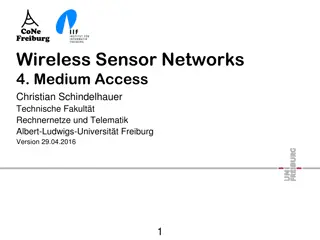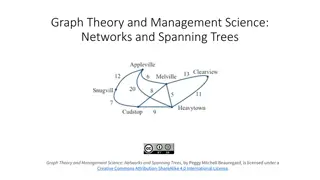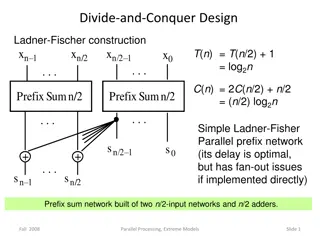Evolution of Italian Access Networks: A Comprehensive Overview
Explore the evolution of Italian access networks through various stages, from the Italian model of bitstream to detailed bandwidth management and QoS models. Discover the need to migrate to 10G kits in line with Nielsen's law of internet bandwidth. Delve into choices between ASR9K and ASR1K for modern network operations, along with insights into Typhoon and Tomahawk processors for enhanced performance and scalability.
Download Presentation

Please find below an Image/Link to download the presentation.
The content on the website is provided AS IS for your information and personal use only. It may not be sold, licensed, or shared on other websites without obtaining consent from the author. Download presentation by click this link. If you encounter any issues during the download, it is possible that the publisher has removed the file from their server.
E N D
Presentation Transcript
Bandwidth Italian Style VLAN Group Cos 0 Bitstream ETH VLAN Group Cos 1 Multiservice KIT VLAN Group Cos 0 Raccolta NGA VLAN Group Cos 1
Qos model using ASR1k PPPOE users Area level Shaper Multiservice Kit Subscriber Parent class Subscriber Child class Model ok with single vlan Radius Provisioned Not supported for Group of multiple vlans
Work around for qos 1) Aggregate Vlans with vlan mapping all qos on asr 2) Apply area level shaping on ME/ASR aggregators Subscriber level policies on ASR and color traffic
Need: migrate to 10G Kits Nielsen's law of internet bandwidth states: A high-end user's connection speed grows by 50% per year. AIIP Measurements NGA consumes 3 times the mean bandwidth of ADSL users FTTCAB 200Mbps FTTH 1Gbps Now available
Choices ASR9K ASR1K Modern OS with XR Higher scaling Higher port density with lower per port costs. Satellites Only one port with SPI? maybe Well known Low port density/high cost per port EPA-10X10GE makes it more interesting but you need mip- 100 Needs fan out device
ASR 9k choices Max 12 ports 10G Can use Satellites Typhoon based So 32k subscribers per npu Geo redundancy Higher port densities Can use satellites Typhoon or Tomahawk Up to 512k subscribers per chassis (future with xr 64 bit) Processor redundancy nice for upgrades/switchovers for memory recuperation. Geo redundancy
Typhoon or Tomahawk Typhoon Tomahawk 32 bit Freescale PPC CPUs (P4040 4 cores @ 1.5Ghz) 6-core Intel x86 64 bit CPUs (Ivy Bridge EN 6 cores @ 2Ghz) cpu 60Gbps (~45Mpps) Full Duplex ASIC 60Gbps Skytrain Fabric Interconnect ASIC 220Gbps Sacramento Fabric Switching ASIC 240Gbps Full Duplex ASIC 200Gbps Tigershark Fabric Interconnect ASIC 1.20Tbps SM15 Fabric Switching ASIC layout buffer 12GB of packet buffers (~200ms) 2GB of packet buffers (~100ms) EFP 64k/LC 256k/LC L3 sub int 20k/LC 128k/LC egress queue 256k/npu 1M/npu Subscribers 32k/npu 192k/chassis 64k/npu 512k/chassis Typhoon and 4 chunks.?.?. So 32k shapers = 4 chunks of 8k Each chunk is assigned to interface/sub So need 4 int/subs to get 32k per npu Some Tomahawk scale indicated requires 64bit ios XR
Our choice something future proof now one crux is that when we state evolved XR, this means that you need a tomahawk and RSP880 chassis. this is not a sales trick, but evolved XR runs 64bit and virtual machines. the typhoon LC is based on PPC and 32 bit. virtualization on ppc is not commercially available, hence typhoon won't run evolved XR, although we prototyped 32<>64 bit interaction. Xander Thuijs https://supportforums.cisco.com/t5/xr-os-and-platforms/limit-of-bng-subscribers-in-asr-9000/td- p/3021765
